Seat split a dual pitch for Air NZ
A report in The Australian says that disgruntled New Zealand customers, rather than the fear of a new competitor, prompted Air New Zealand to radically rethink its domestic and trans-Tasman services, according to chief executive Rob Fyfe.
The airline will effectively divide its aircraft, with the front offering frequent and business travellers extra leg room as well as free snacks and beverages while those at the back are given a low-cost product.
Those sitting in the front of Air NZ’s domestic planes will get a 35-inch seat pitch while those at the back will have to make do with the a 30- to 31-inch pitch.
The airline will not market the roomier seats as premium economy but will make sure they are available to those paying the highest economy fares.
On the Tasman, Air NZ will retain its business cabin and extend the seat pitch at the front of the economy cabin from 31 inches to 35 inches.
Trans-Tasman service already had a complimentary food and beverage service for all customers but the airline will add seat-back entertainment that effectively mirrors its offering on long-haul flights.
Mr Fyfe says the airline had been talking to its high-yield domestic customers long before last week’s announcement that Virgin Blue would enter the market.
With no business class on domestic New Zealand flights, it discovered that customers paying for the flexibility of an unrestricted ticket believed they were not getting enough value from their fares.
“They were feeling that purely the flexibility and the fare conditions was not enough to justify what they were paying,” he says.
“We did quite bit of work to say what the things that the customers genuinely value and prepared to pay a premium fare.”
The Air NZ chief says the airlines’ goal in introducing the new service is two-fold. One is to make sure that the airline is delivering to its high-value customers a product that is value for money.
The other is to try to lure people to pay more for the added value of being in the new zone.
“And then thirdly I guess the other half of the aircraft is developed to occupy very much low-cost carrier positioning and to ensure that we can still offer people who are very price conscious a very good value-for-money low-cost airline experience on board the aircraft,” Mr Fyfe says.
The airline looked at whether it should develop a separate low-cost carrier as Qantas did with Jetstar.
Working on the generally accepted assumption that the low-cost market was between 30 and 50 per cent of the total, it found that splitting up its network of 16 domestic jets diluted its core strengths of reach and frequency.
“That takes away one of our greatest competitive strengths,” Mr Fyfe says. “So we said instead of doing that, let’s see if we can incorporate a low-cost proposition on to existing aircraft – almost like a code share – that allows us to deliver the best of both worlds without diluting the network and frequency benefits that our existing Air New Zealand proposition offers the marketplace.”
The carrier is still finalising what the split will be between the two economy classes, but Mr Fyfe expects the roomier seats to account for a little more than 50per cent.
He says the challenge is to find a balance in a system that could be full of suits in the morning and low-cost travellers in the middle of the day.
“That’s why we haven’t finally nailed this number down yet,” he says.
“We’re doing a bit of analysis route by route and by time of day just to see where the optimal mix might actually lie.”
The other big question is how to brand the new concept.
Mr Fyfe sees this as critical and says that what happens at the back of the aircraft is more important because that will effectively be the brand that takes on Virgin’s Pacific Blue.
He is not quite sure what Virgin’s game plan is for New Zealand, or the logic behind its entry.
He does not expect Virgin’s two initial aircraft to have a significant impact compared to Air NZ’s combined fleet of about 60 jet and turboprop domestic aircraft.
“It’s not entirely clear to me exactly what the strategy is,” he says. “I can understand at a macro level the kind of notion that they want to be an Australasian player.
“But with just a couple of aircraft on the Tasman, a couple of aircraft on the Pacific Islands and couple of aircraft in New Zealand, its kind of still a sideshow really.”
Mr Fyfe believes the move will also have a cost if Virgin wants to align with the giant Star Alliance and was surprised that it delayed its ultra low-cost carrier in favour of a tilt at New Zealand.
But he adds: “We love a bit of competition, us Kiwis, particularly against the Aussies.”
Competition is also what is solidly behind Air NZ’s moves to change its trans-Tasman services.
The trans-Tasman routes, once considered a competitive bloodbath, are now back in the black but Mr Fyfe is not sure for how long.
The decision to keep business class and add the extended pitch product to the A320s and 767s is driven by the belief that Gulf carriers such as Emirates will ramp up their services to New Zealand once they begin expanding in Australia.
Mr Fyfe also expects Etihad and Qatar to join the fray.
“The majority of the business in the regular traveller market is in economy on the Tasman,” he says. “So we want to make sure we have a superior proposition for our regular travellers on the Tasman to anyone else’s economy class.”
Report by The Mole
 United Kingdom
United Kingdom United States
United States Asia Pacific
Asia Pacific


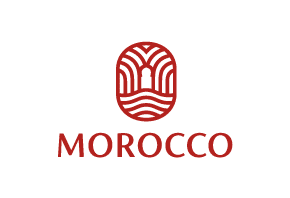







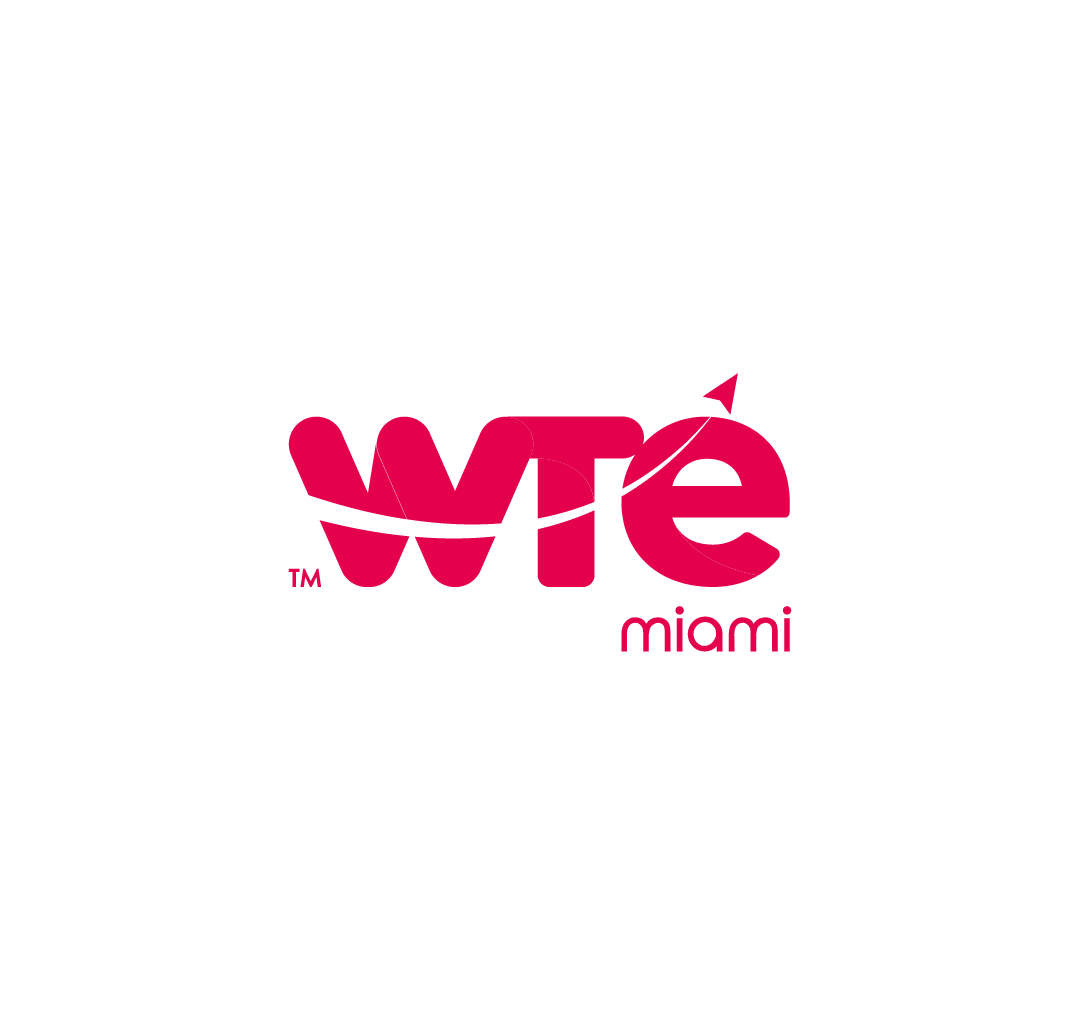




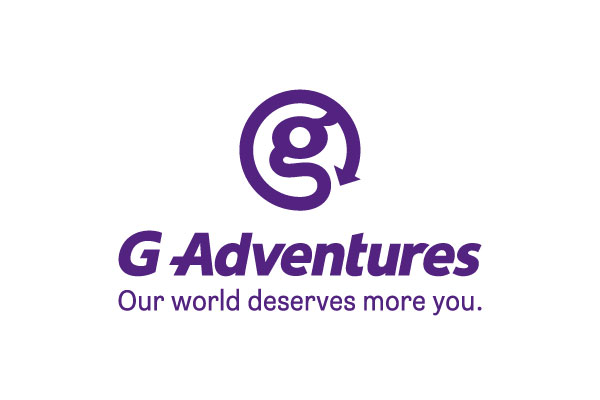



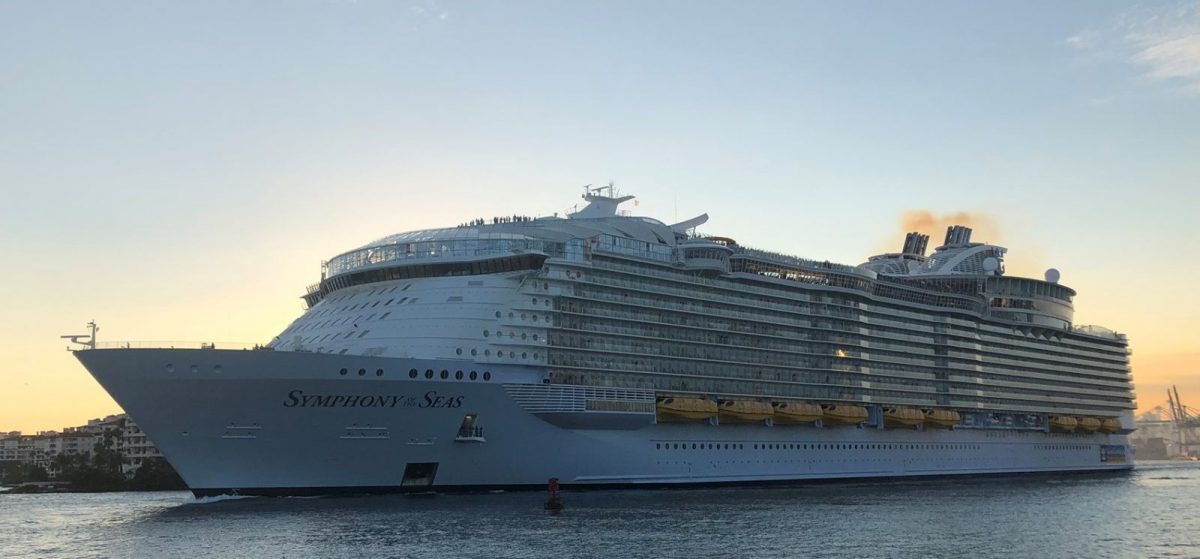













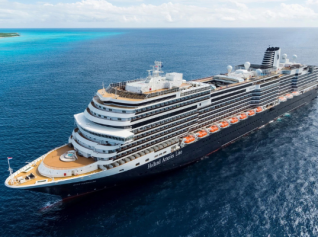

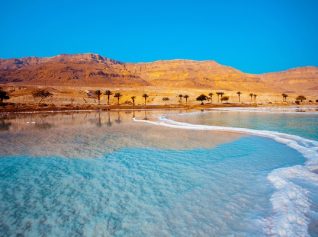
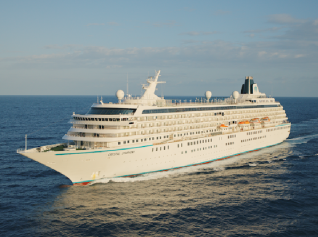





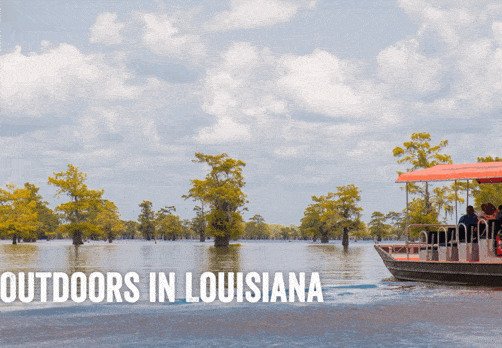
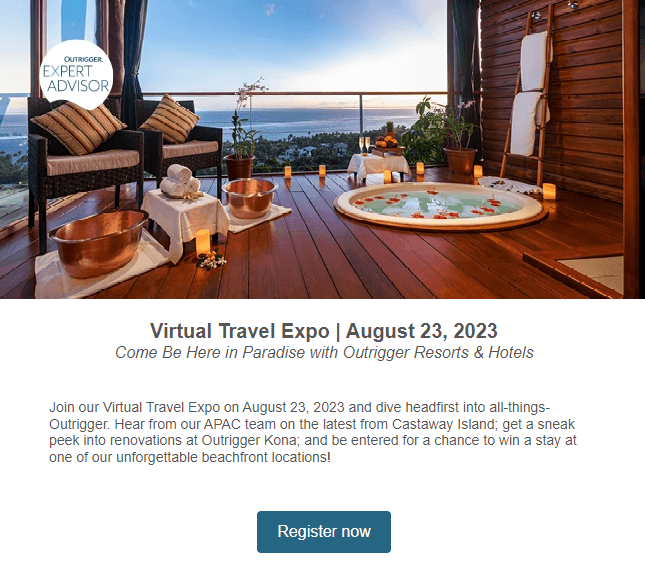
CLIA expands trade support with expedition event
Qatar Airways adding Manchester flights
Jet2 unveils Samos as new Greek destination for summer 2026
EU entry-exit system delayed again
ATC strike in Greece could disrupt flights this week